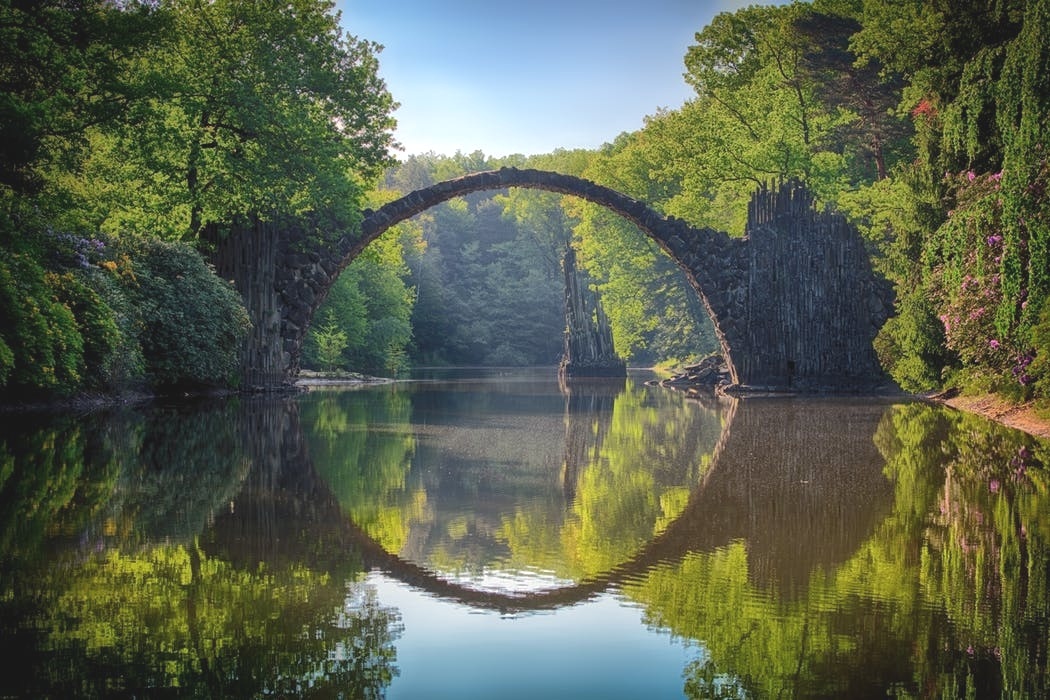A growing body of evidence demonstrates that exposure to the natural world has a significant impact on physical, psychological, and social well-being, and can contribute in positive ways to our long-term health. NatureWorkshop provides guidance for individuals, communities, and professionals to assist them in achieving extraordinary wellness and longevity through nature-connected spaces, places, and practices that inspire, rejuvenate, and impart life-long benefits. NatureWorkshop is developing a proprietary THrIVES Tool (The Health Indicators for Vitality, Equity, and Sustainability) to analyze, develop, and monitor Best Practices in key topics for engaging the natural world for salubrious benefits. These are the SEEDS of our work.
Nature IMMERSION: healing the body, mind, and soul
Nature Rx. What if there was a pill that could help you heal faster from surgery, increase focus and concentration, boost creativity, make you feel more peaceful, impart cognitive benefits, support community cohesion and resilience, encourage social engagement, is associated with better overall health, is the perfect workout partner to get and stay fit, is easy to do - and still costs less than a gym membership?
Access to nearby nature is increasingly being recognized for its ability to contribute in positive ways to our long-term health. Some research argues that spending spending too much time in purely human environments, those that lack organic shapes and colors, may cause fatigue and loss of health. At the same time, many people are concerned about their health but don’t always have the energy or time to take sufficient care of themselves. Ongoing, cutting edge research is revealing exciting prospects on the types and amounts of nature people need to experience specific health benefits. Significant evidence for the benefits of contact with nature for individuals, communities, and cities suggests that it should be incorporated into personal wellness programs, design decisions, and public health strategy and policy. Since our relationship with nature is ultimately the relationship with ourselves, NatureWorkshop also explores societal ideas about nature and the natural world.
We consult and develop Best Practices on exciting interventions such as Forest Bathing, ReWilding, Rx Parks Program, Edible Landscapes, Rewilding Lawns, school gardens, green exercise, native plants, and foraging - all guided by the belief that nature immersion heals the body, mind, and soul; knits communities together; and guides sustainable practices that help us preserve the environments that we love so dearly.
Biophilic Design: a better future through design with nature
Biophilic Design aims to heal the rift between the modern built environment and the human need for regular and sustained contact with the natural world. It "...arises from the increasing recognition that the human mind and body evolved in a sensorially rich world, one that continues to be critical to people's health, productivity, emotional, intellectual, and even spiritual well-being." (1) While the green building movement has focused largely on mitigating the environmental impacts of architecture through material selection, Biophilic Design upholds the critical role of affiliation with ecological processes for authentic and lasting sustainability. Specifically, it employs methods such as biomimicry, restorative environmental design, and spaces for daily nature interaction to nurture the human-nature connection at the individual, neighborhood, community, and urban scale, promising a regenerative and uplifting future for the design and construction of our buildings, landscapes, and cities.
Kellert, Heerwagen, and Mador (2008). Biophilic Design: The Theory, Science, and Practice of Bringing Buildings to Life.
Forest School: best practices and curriculum development
Forest School describes a pedagogical approach to learning personal, social, and technical skills situated in a natural setting. It emphasizes the development of self-esteem through activities such as risk taking, problem solving, and teamwork, but also has numerous cognitive and developmental benefits, including an increase in environmentally sustainable behavior. There is increasing interest in Forest Schools as a supplement or alternative to traditional education. This may be combined with a World School curriculum. NatureWorkshop aims to support curriculum development and the founding of new schools through evidence-based research and developing Best Practices.
longevity ENVIRONMENTS: best practices for healthy aging
Did you know that specific environments can make the difference between longevity and what we consider normal age-related decline? America is poised for a radical shift in the structure of our communities, the built environment, and health care, and architects, landscape architects, urban planners, public health specialists, park managers, and elected officials play an important role in creating places that support healthy aging. Nature is a fountain of youth for older adults.While some can face challenges to getting out in nature, when they do they realize enormous benefits, including living longer and having a better quality of life through increased engagement and participation. Research has shown that those whose homes were surrounded by plants and trees lived significantly longer and had reduced rates of disease, even when the researchers controlled for age, socioeconomic status, and race. Other studies have shown that increased exposure to nature can lower blood pressure, reduce stress, decrease obesity, and speed up recovery from surgery. Time in nature also seems to be good for reducing depression, makes us feel more energized, and increases memory and attention. Access to ‘nearby nature’ allows us to not only realize the benefits of physical exercise, it also encourages more socializing, which in turn helps to reduce loneliness and isolation. With the benefits of increased physical activity, greater social engagement, better overall health, enhanced mental health, elevated energy, and improved cognition, nature is a fountain of youth for aging adults. However, to reap these benefits the places where we live, work, and play must be appropriately designed for the specific needs of healthy aging.




